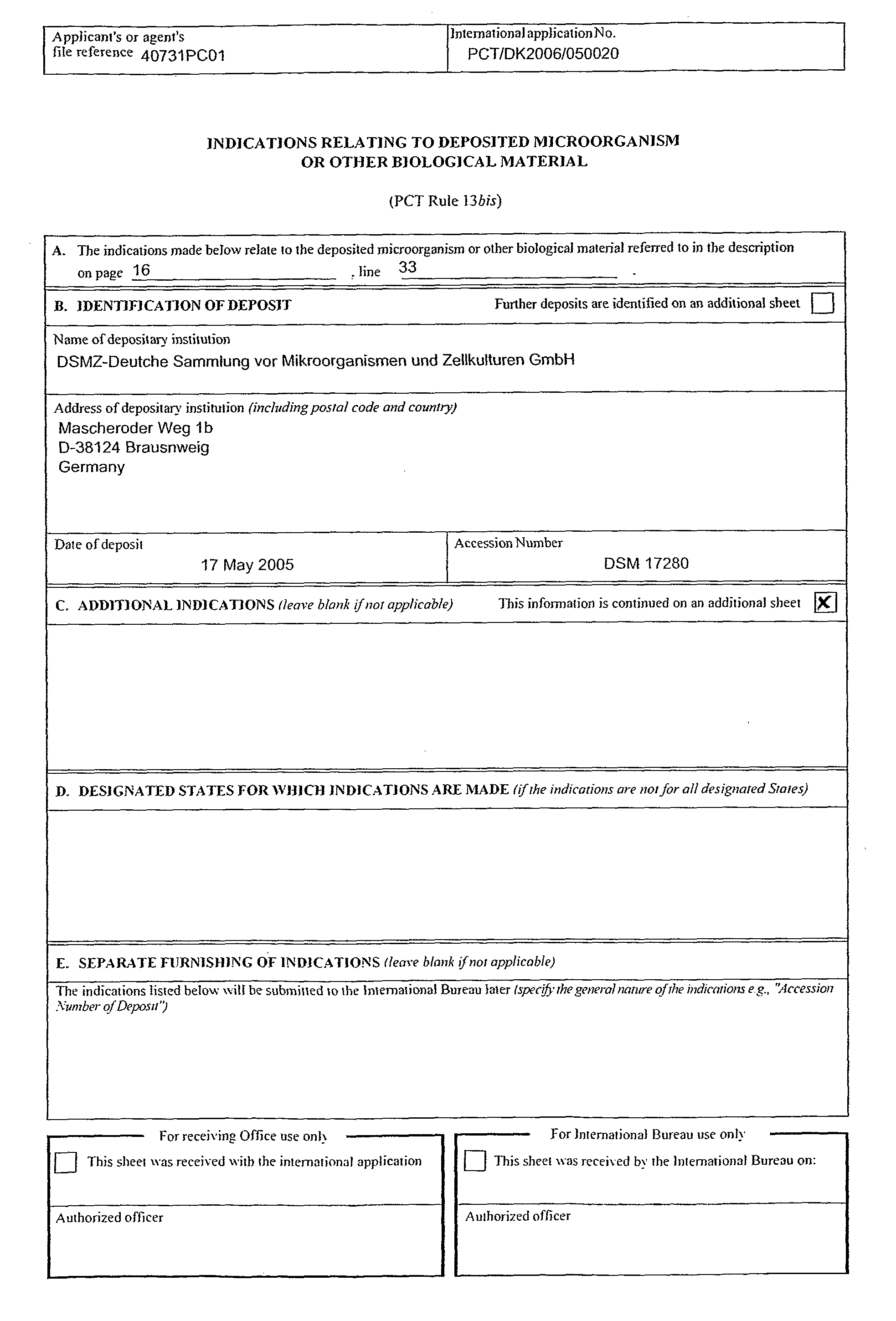Antibiotic-sensitive lactic acid bacteria strains
a technology of lactic acid bacteria and antibiotics, applied in the field of antibiotic-sensitive lactic acid bacteria strains, can solve the problems of all attempts to succeed
- Summary
- Abstract
- Description
- Claims
- Application Information
AI Technical Summary
Benefits of technology
Problems solved by technology
Method used
Image
Examples
example 1
Inactivation of the tetW Gene in Two Probiotic Strains of Bifidobacterium animalis Subspecies lactis Expressing Resistance to Tetracycline
[0195]A strong and dual mutagenic approach was used to inactivate the intrinsic tetracycline resistance of the genome of Bifidobacterium animalis ssp. lactis strain Bb-12® and strain HN019 (DR10™). This included treatment of the cells with the mutagen, ethidium bromide (EtBr) followed by ultra violet irradiation in a more forceful scale than normal when the mutagens are used individually.
Strains and Culture Conditions.
[0196]Strains of Bifidobacterium animalis subspecies lactis Bb-12® and HN019 (DR10™) were obtained from the culture collection of Chr. Hansen A / S, Hørsholm, Denmark. B. animalis subsp. lactis strain Bb-12® has the accession number CHCC5445 in the Hansen culture collection, and is deposited with the Deutsche Sammlung von Mikroorganismen und Zellkulturen (DSMZ) under accession number DSM15954. B. animalis subsp. lactis strain HN019 (DR...
example 2
Selection of Tetracycline-Sensitive Variants of Two Probiotic Strains of Bifidobacterium animalis Subspecies lactis
Screening Procedure
[0200]Screening for tetracycline sensitive isolates was performed after an ampicillin enrichment procedure (Miller, 1972) adapted to Bifidobacteriae was performed. Briefly, the ampicillin enrichment procedure was performed by transferring an aliquot (1%) of the out-grown mutagenized culture to fresh MRS medium (10 ml) and growing the cells to an OD600 of 0.2 without the addition of tetracycline. 0.5 ml of this culture was used to inoculate 10 ml of MRS broth containing 10 microgram tetracycline / ml and incubated for 2 hrs at 37° C. at reduced oxygen tension, after which ampicillin was added to a final concentration of 150 microgram / ml, and the culture was continuously incubated for 16 hrs at 37° C. As ampicillin only kills growing cells (i.e., TetR cells) and not nondividing cells (i.e. mutant TetS cells), the addition of ampicillin can be considered ...
example 3
Molecular Characterization of the Tetracycline-Sensitive Derivatives of Two Probiotic Strains of Bifidobacterium animalis Subspecies lactis
PCR Amplification and DNA Sequencing of the tetW Gene
[0204]Genomic DNA was prepared from wild type Bb-12® and the two tetracycline-sensitive isolates by the use of the Easy-DNA protocol for isolation of DNA from gram-positive bacteria according to the manufacturer's (Qiagen) instructions.
[0205]The tetW gene of the sensitive variants was characterized by PCR analyses according to the protocol of Innis and Gelfand (1990) and DNA sequenced to test for possible mutations in that gene. The entire open reading frame (ORF, approx. 2.0 kb) of tetW was amplified from each isolate in three overlapping fragments (A, B and C) with three sets of primers (table 1, table 2).
[0206]Fragment A (approx. 785 bp) was amplified with sense primer: tetWx.D1, derived from a sequence 296 bp upstream of the start codon of the tetW gene and antisense primer: tetWx.R2, deri...
PUM
| Property | Measurement | Unit |
|---|---|---|
| Concentration | aaaaa | aaaaa |
| Inhibitive Concentration | aaaaa | aaaaa |
| wavelength | aaaaa | aaaaa |
Abstract
Description
Claims
Application Information
 Login to View More
Login to View More - R&D
- Intellectual Property
- Life Sciences
- Materials
- Tech Scout
- Unparalleled Data Quality
- Higher Quality Content
- 60% Fewer Hallucinations
Browse by: Latest US Patents, China's latest patents, Technical Efficacy Thesaurus, Application Domain, Technology Topic, Popular Technical Reports.
© 2025 PatSnap. All rights reserved.Legal|Privacy policy|Modern Slavery Act Transparency Statement|Sitemap|About US| Contact US: help@patsnap.com

